Leonard Nimoy’s portrayal of unflappable calm and logic during dangerous space travels on TV and in movies inspired those whose stage is actual space.
NASA is mourning the loss of Nimoy as if Mr. Spock was one of their own. Since news of Nimoy’s passing Friday, astronauts have tweeted, uploaded a YouTube video tribute and issued statements, thanking the iconic Star Trek actor for the courage to “boldly go” into professions involving space exploration.
One of the more touching tributes came from astronaut Terry Virts, who tweeted a photo of his hand in Spock’s iconic “Live Long and Prosper” gesture at a window in the International Space Station looking over Earth.
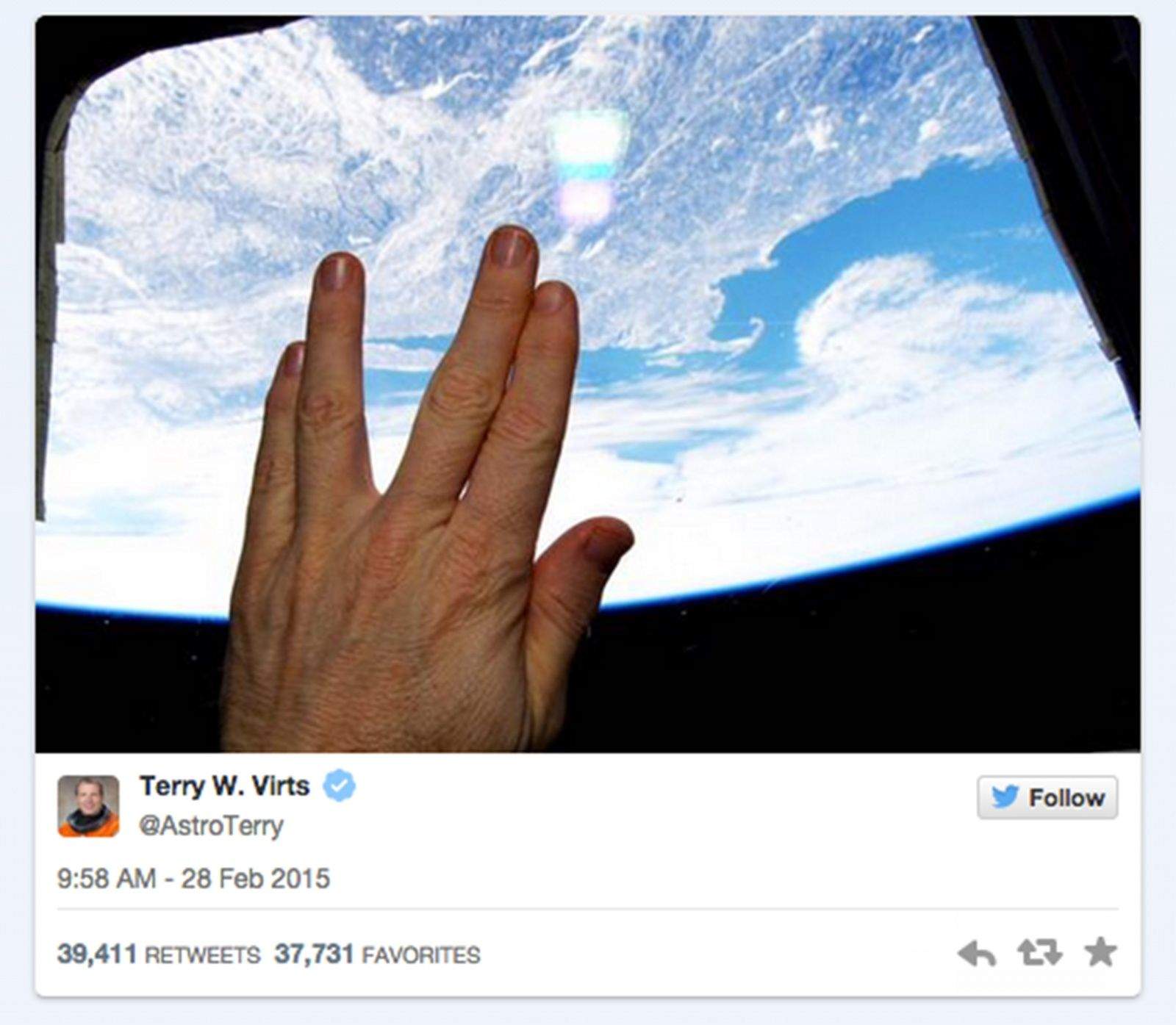
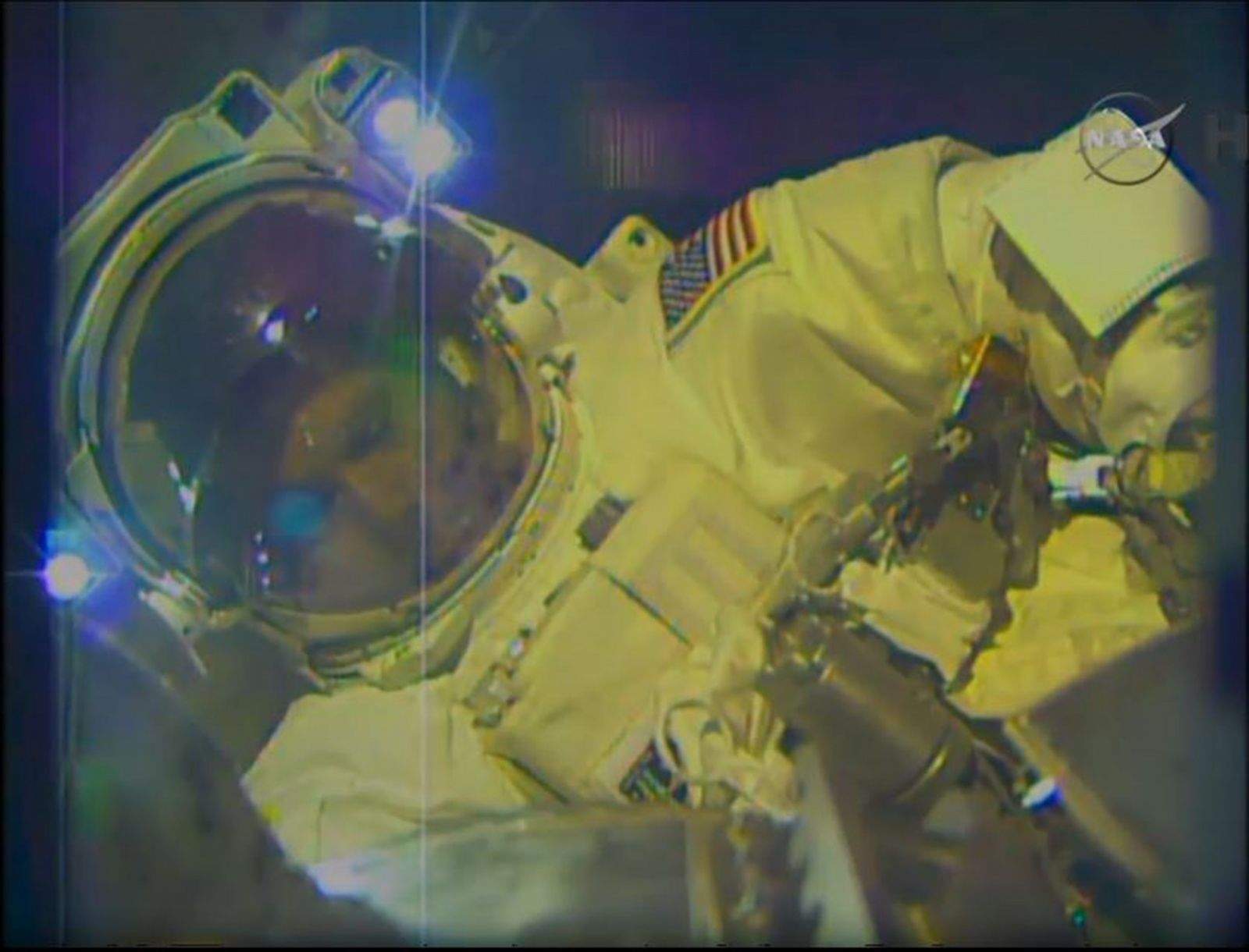
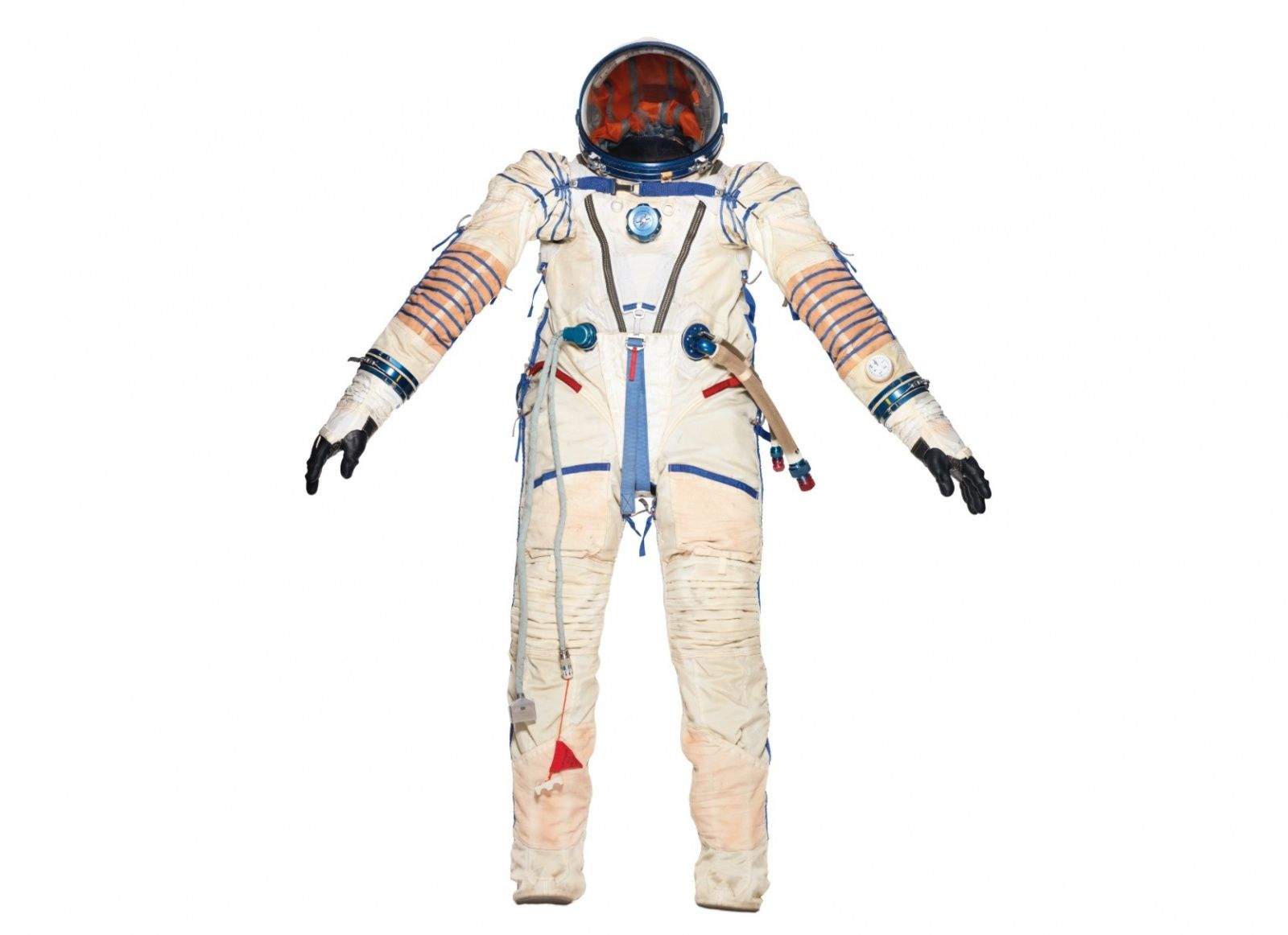
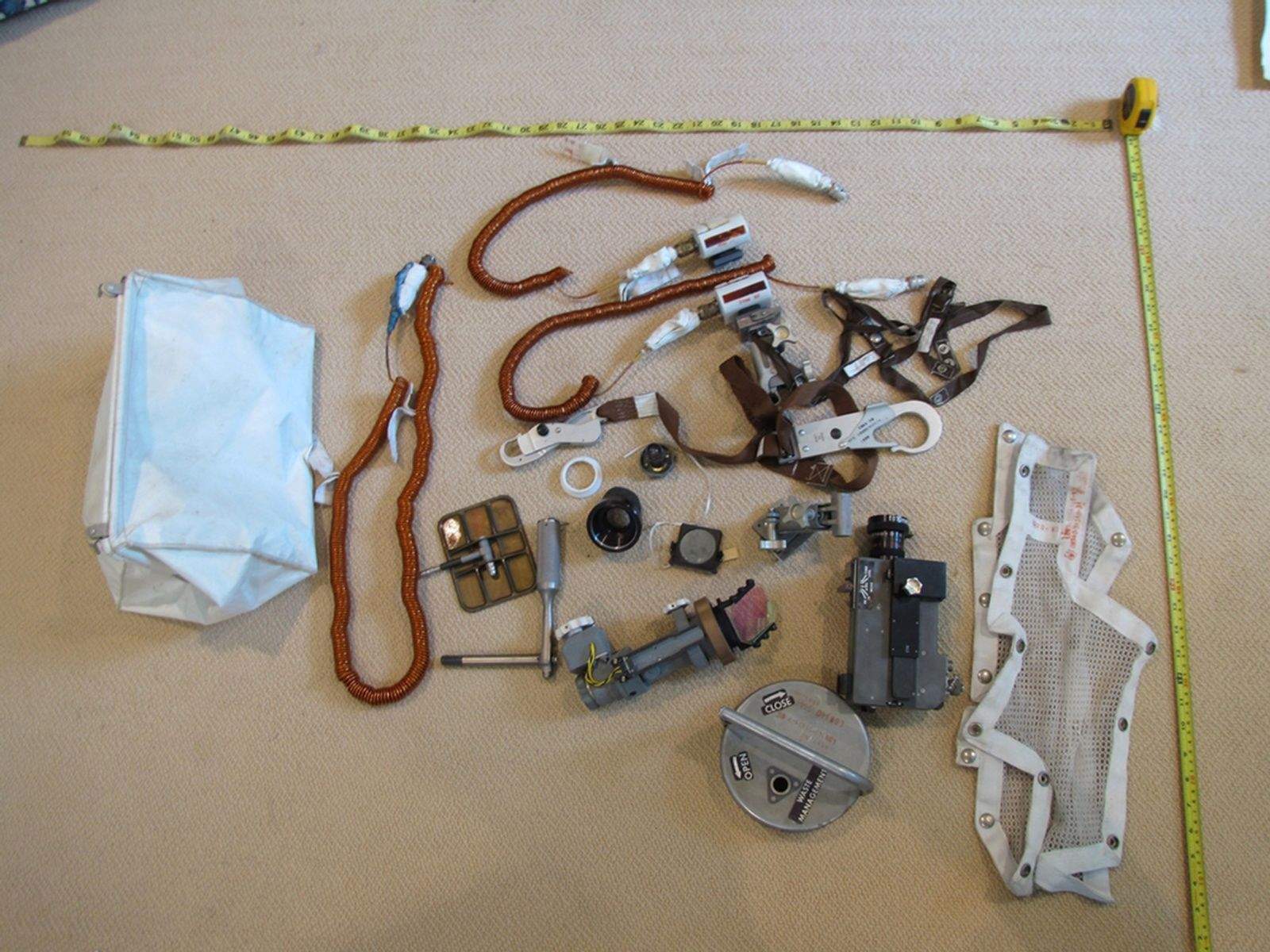
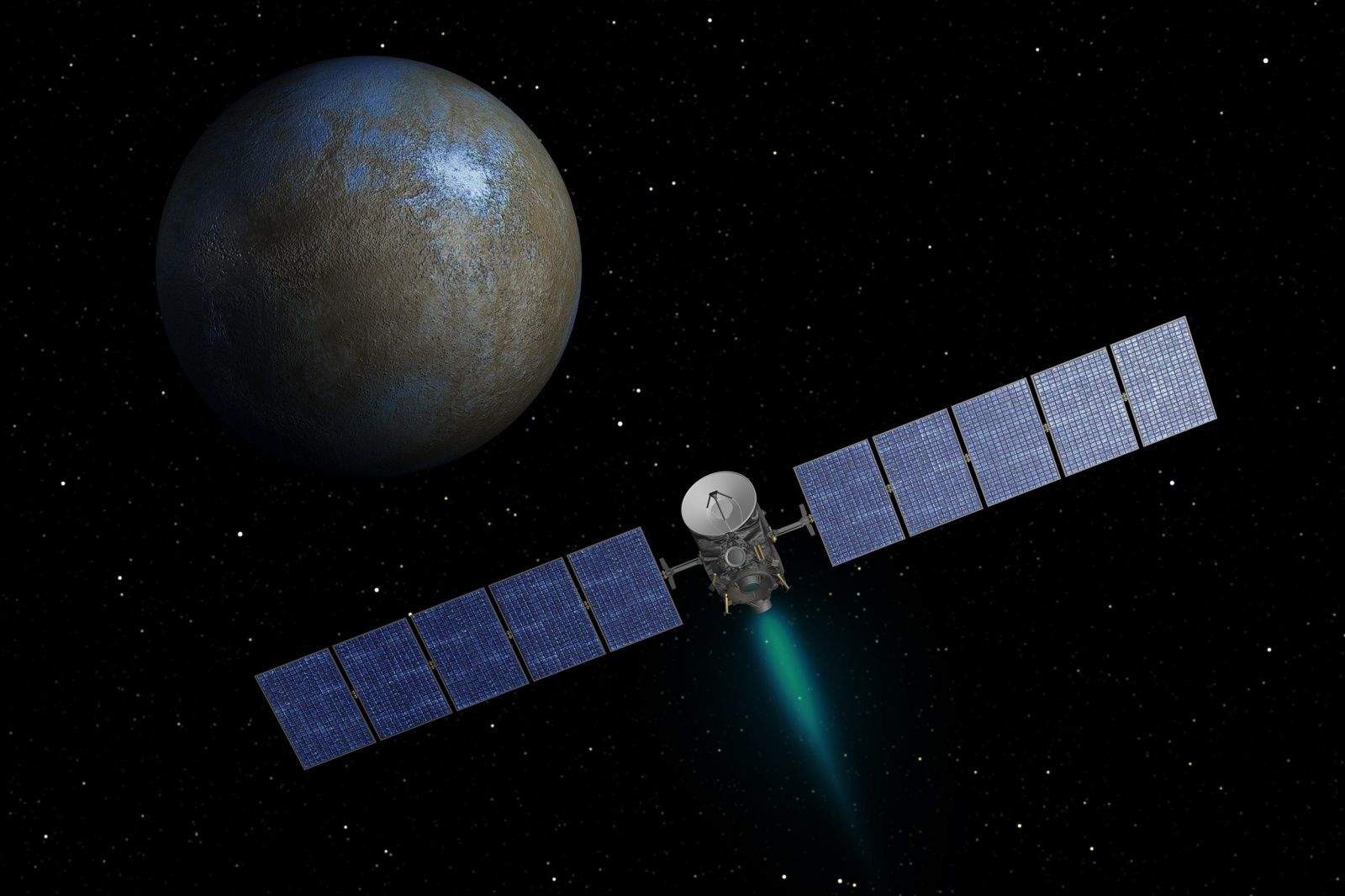
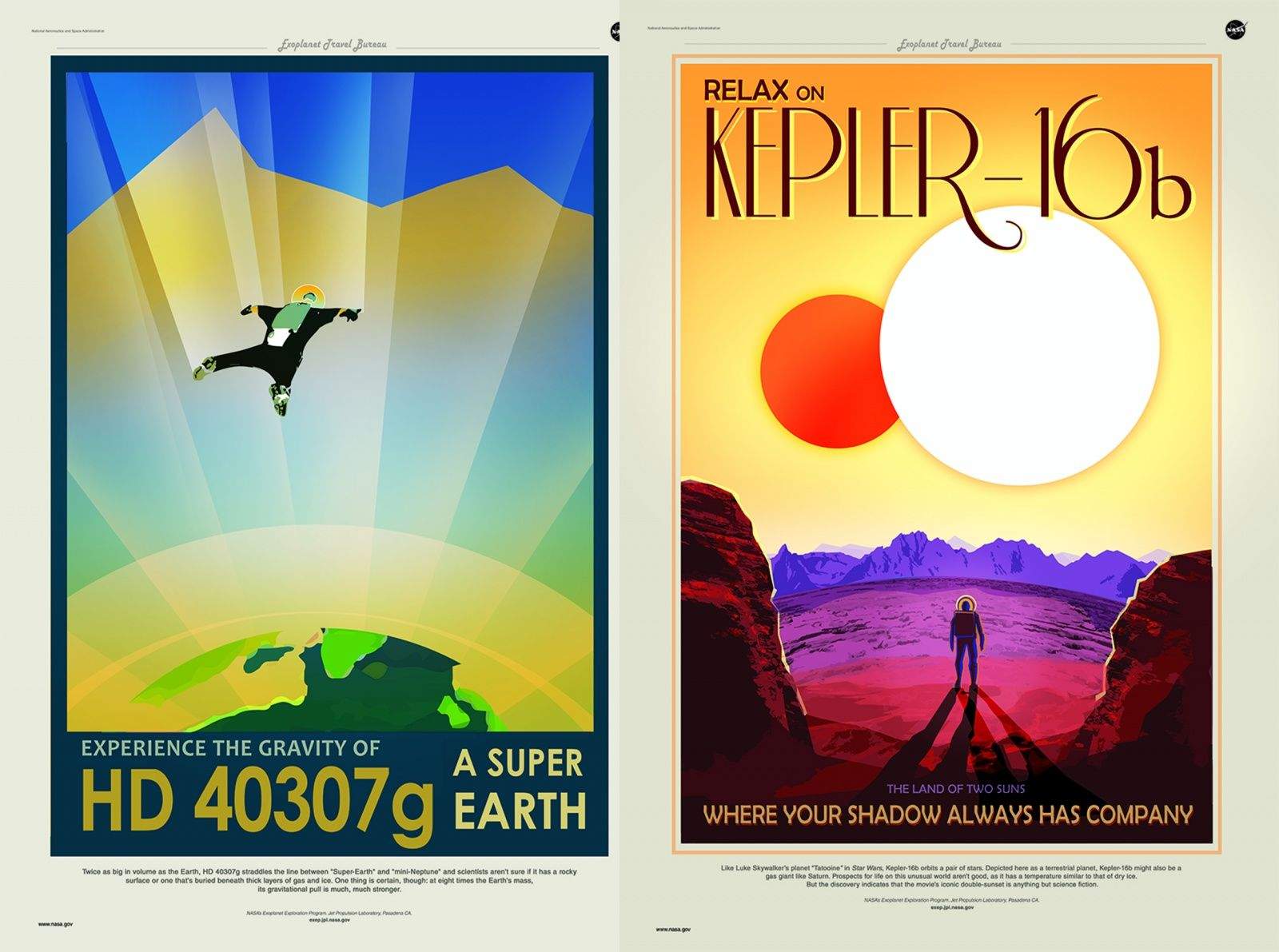
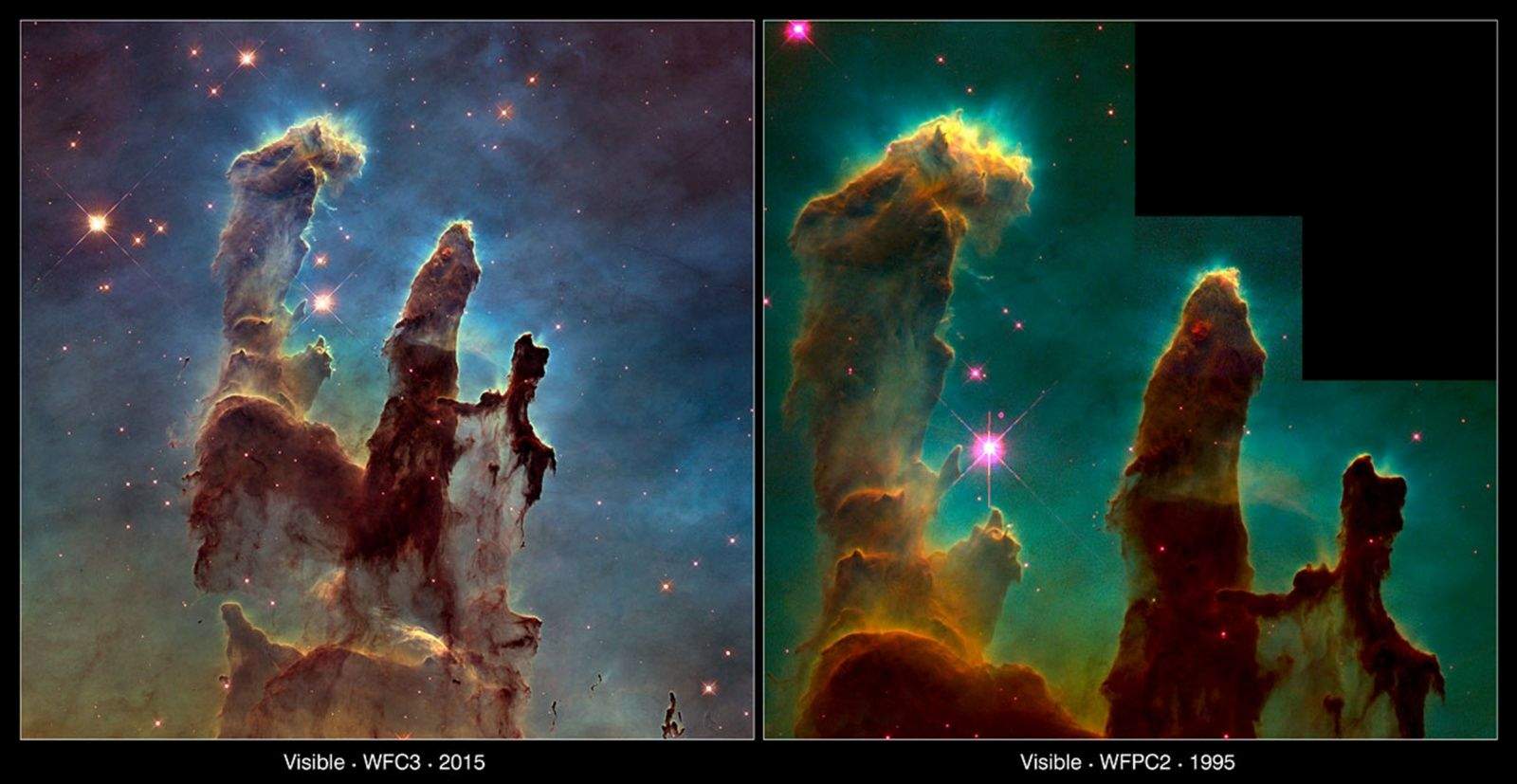

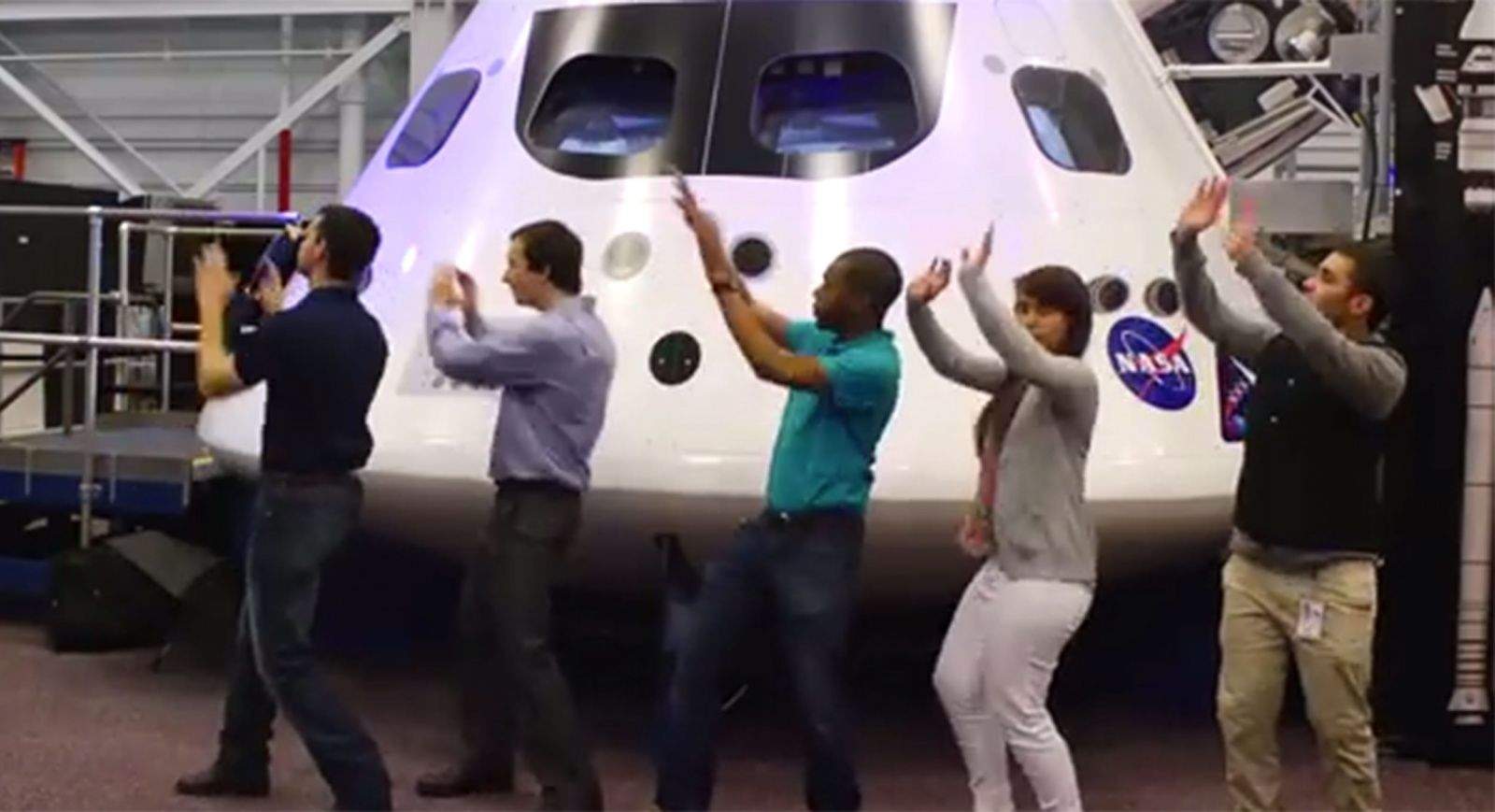

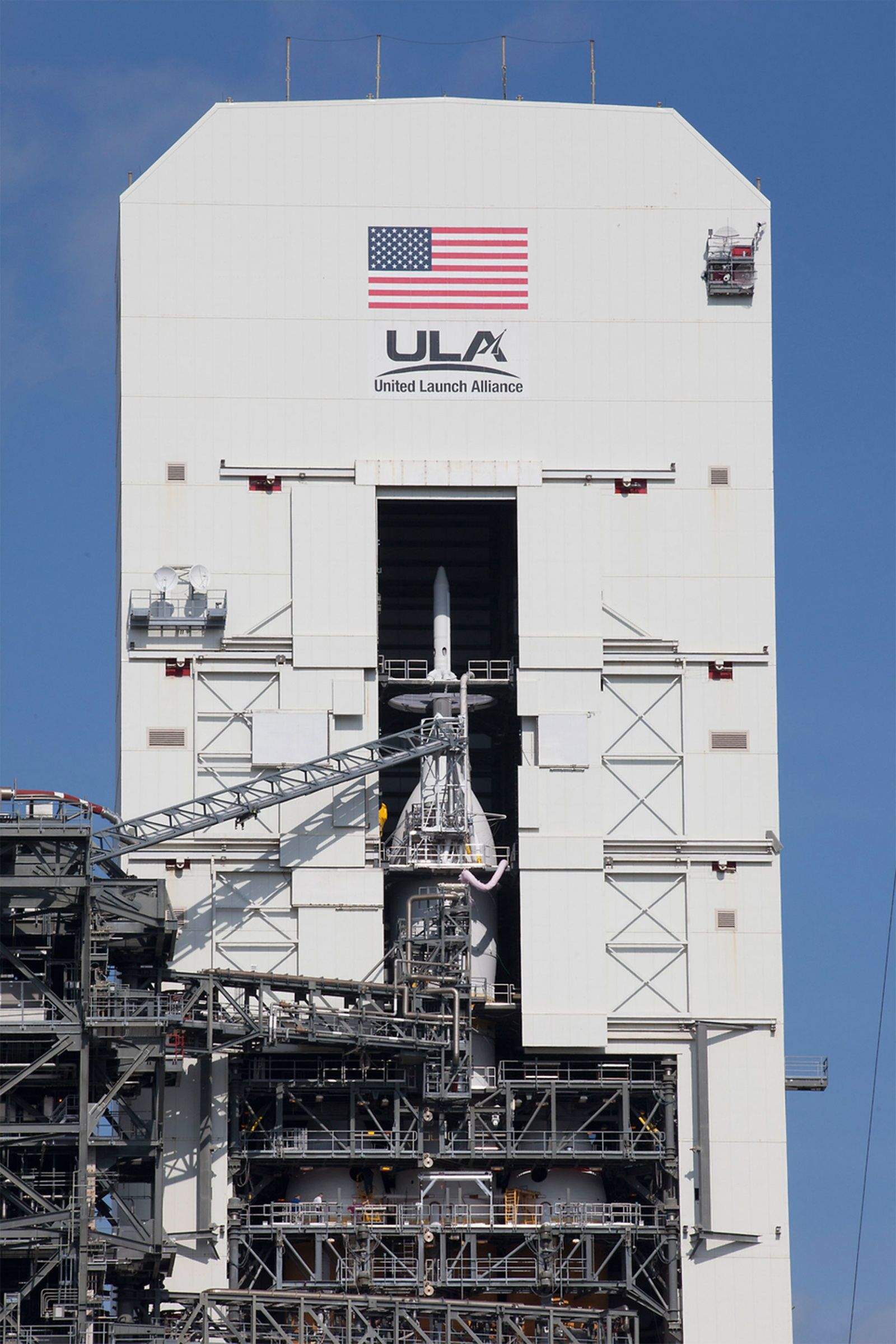

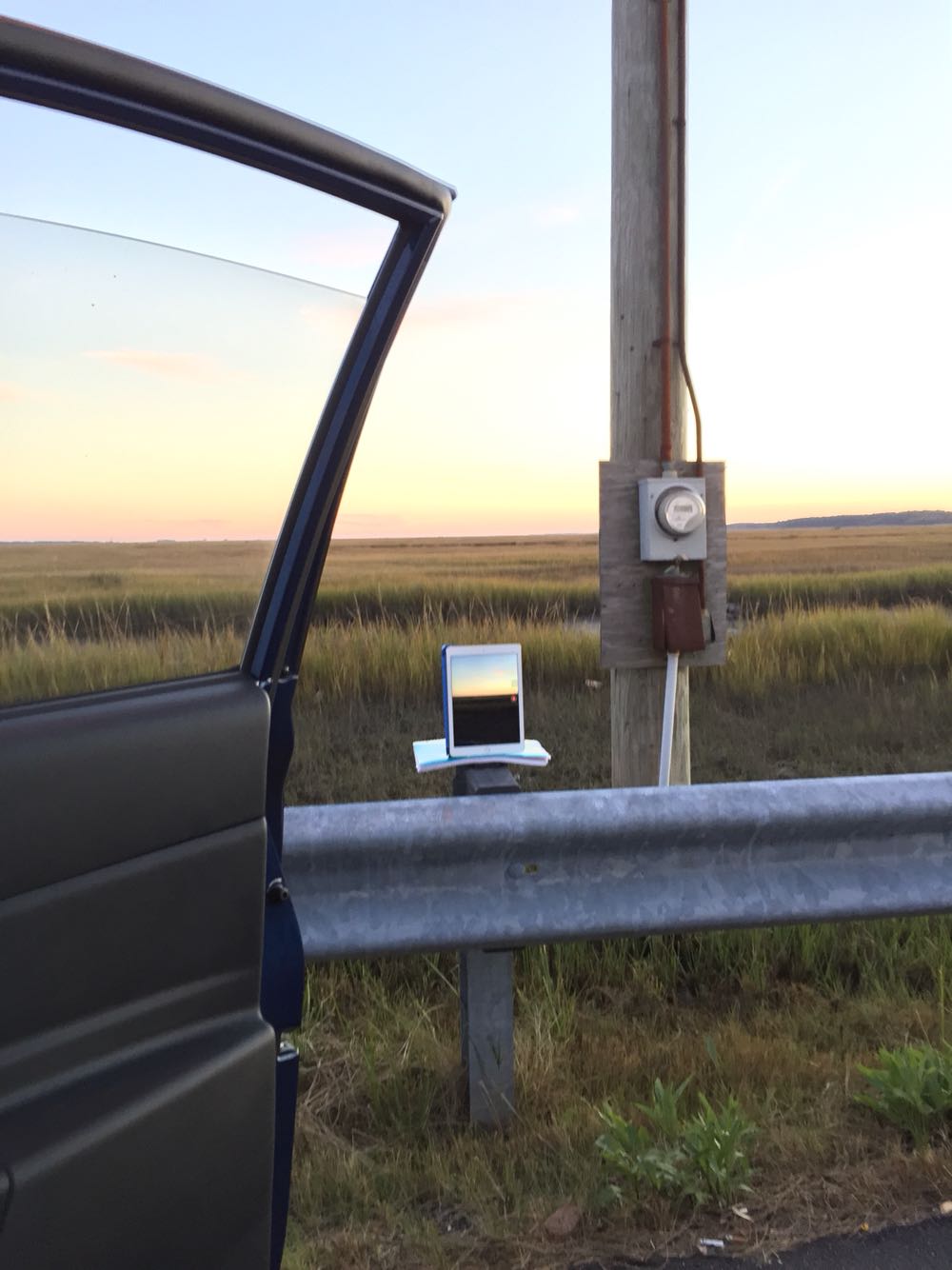

![Halloween Treat! Shred With The Hans “Guitar” Solo T-Shirt [Deals] CoM - HansSoloShirt](https://www.cultofmac.com/wp-content/uploads/2013/10/CoM-HansSoloShirt.jpg)

![Dominate The Web With The HTML5 And CSS3 Code Bundle [Deals] CoM - HTML5](https://www.cultofmac.com/wp-content/uploads/2013/04/CoM-HTML5.jpg)

![These Wacky Presidential Wallpapers Will Help You Celebrate Election Day With Style [Gallery] JFK Alien Hunter](https://www.cultofmac.com/wp-content/uploads/2012/11/JFK-Alien-Hunter.jpg)
![This Week’s Must-Have iOS Apps: MUSaIC, Etchings, Dolphin & More [Roundup] Screen Shot 2012-09-02 at 08.28.00](https://www.cultofmac.com/wp-content/uploads/2012/09/Screen-Shot-2012-09-02-at-08.28.00.jpg)
![Launch Your Mac Into Space With These Breathtaking Retina Wallpapers [Gallery] bigbag](https://www.cultofmac.com/wp-content/uploads/2012/08/bigbag.jpg)
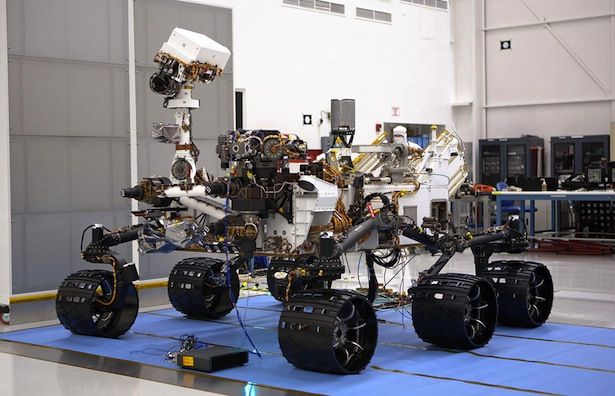
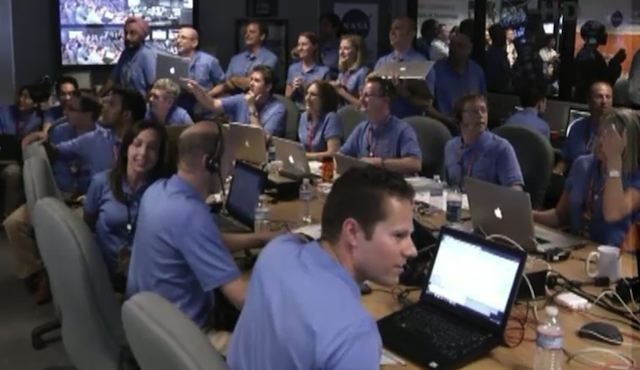
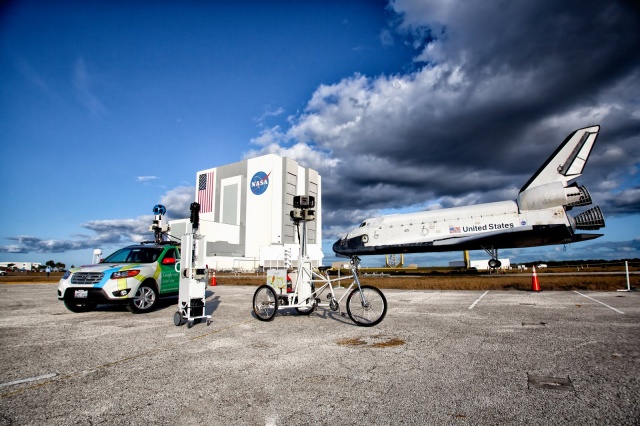
![This Week’s Must-Have iOS Apps: UX Write, Simpsons Comics, Spacecraft 3D & More [Roundup] Bongo's Simpsons Comics make their debut on iOS, NASA teaches us about spacecraft, Apple lets us manage our torrent downloads, and more.](https://www.cultofmac.com/wp-content/uploads/2012/07/Screen-Shot-2012-07-15-at-09.06.42.jpg)